Takahashi FS-60C/Canon Rebel Xt Imaging
I recently tested my Takahashi FS-60C as an imaging scope for my modified Canon Rebel Xt. I am using the Sky 90 reducer/flattener in order to reduce the distortion to stars at the edges of the field of view. Since my Canon Rebel Xt has a clear internal filter I used a IDAS LPR-1 filter to act as a UV/IR blocker. I have a Baader UV/IR I had hoped to use in the test but it would not because it was too thick to allow me to thread all the components together and reach the required metal back distance from the reducer to the camera. If the Baader filter was about 4mm thinner it would work.
The imaging setup is as from the Takahashi instructions. I have:
-
FS60C -> CAA -> Reducer -> CA35 -> Wide T Mount -> Canon Rebel
This configuration gives me a focal length of 293mm and a pixel scale of 4.54 arc-seconds per pixel. The field of view is 6.2 by 2.9 degrees.
What I found was that althought the reducer does help improve the image quality, there is still distortion near the edges of the frame. More concerning to me was that I had some red halos around many of the stars. The transmission curve for the IDAS LPR-1 filter has a small peak around 780 nm that could be the cause of these halos. I will need to test again with a filter with more restrictive IR blocking. Conditions were not good the night of the test (I couldn't even see Sagitarius from the haze and sky glow!), so the overall data quality is poor, but fortunately the stars have plenty of signal and we can examine their profiles..
Test 1: M8/M20
First is an image of M8. The sub-frames were shot in RAW mode at ISO800. I reduced the data with DeepSkyStacker and used 9 dark and 20 flat field frames. The only post-processing I've performed is to stretch the histograms with Photoshop Curves.
I've included 1:1 sections of the image for closer examination. The full size image in JPEG format (I was careful to make sure the stars were not affected by the compression) is also available, but WARNING - its about 3MB. Click on the image for a 50 percent reduction.
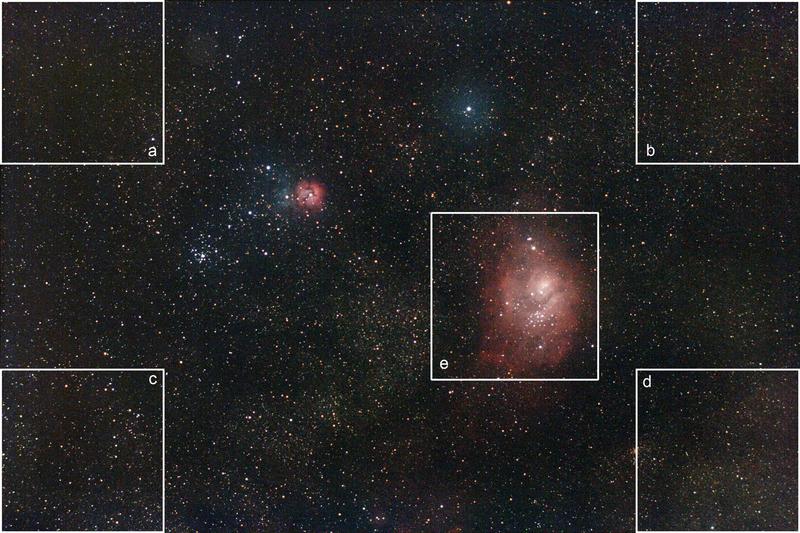
Image A:
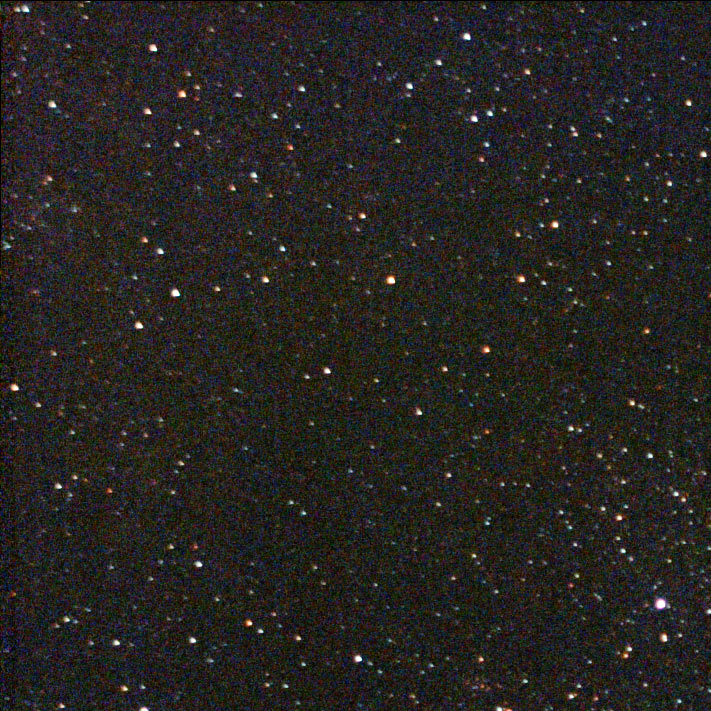
Image B:
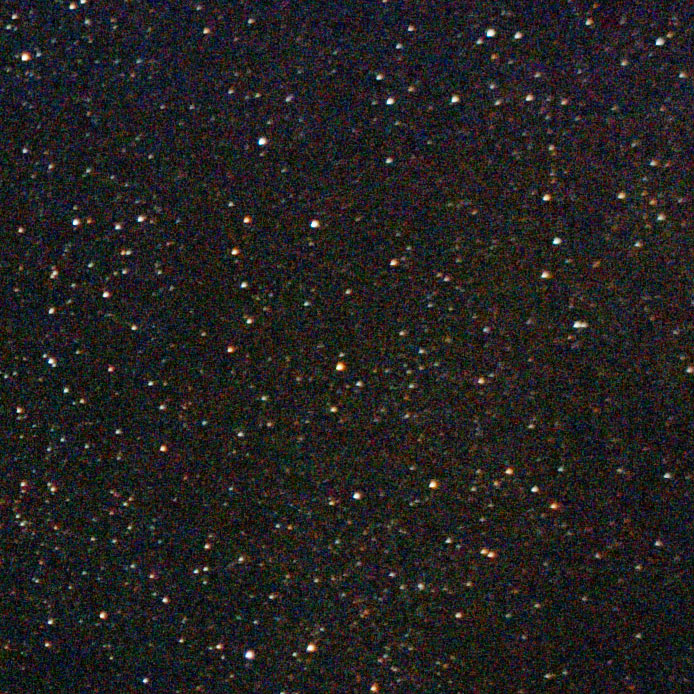
Image C:
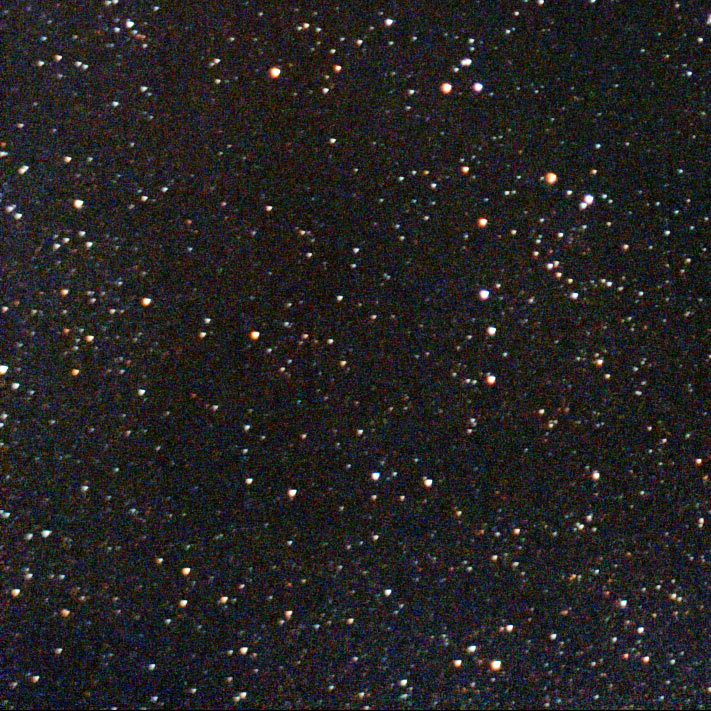
Image D:
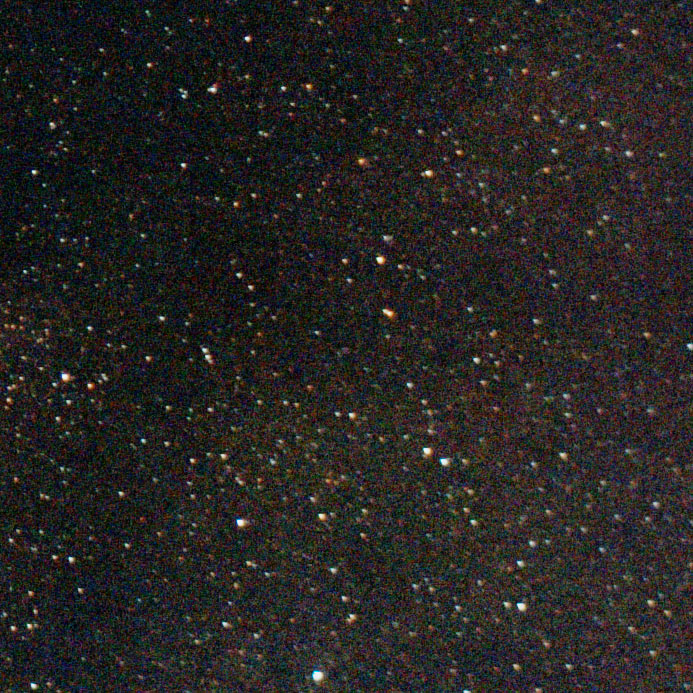
Image E:
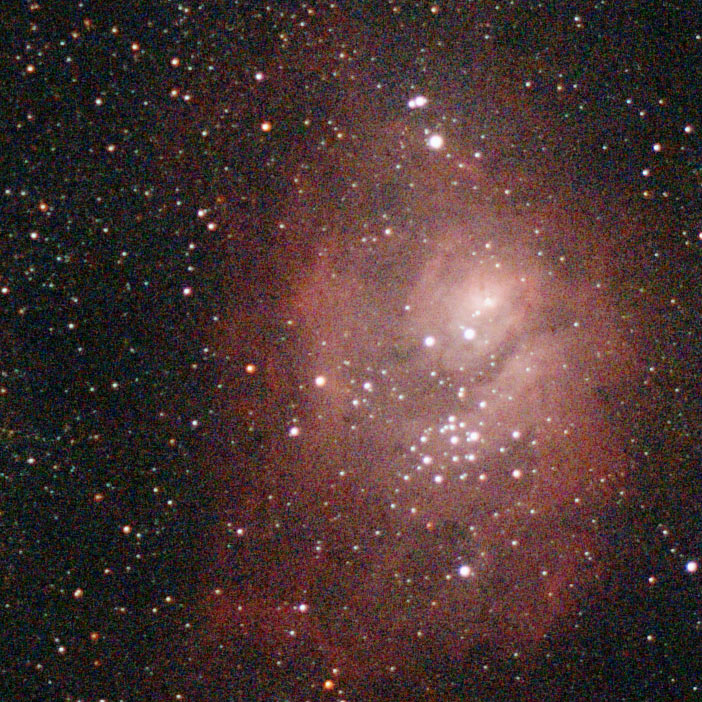
Overall the results are encouraging. I believe with a UV/IR block filter like the Baader would reduce the red halos but this is yet to be tested.
Test 2: M11 Starfield
The second test was of the starfield around the open cluster M11. This also consists of 1 minute sub-frames and it was reduced the same way as the M8/M20 image. The full size image is available (WARNING: its around 3MB). Click on the image for a 50 percent reduction.
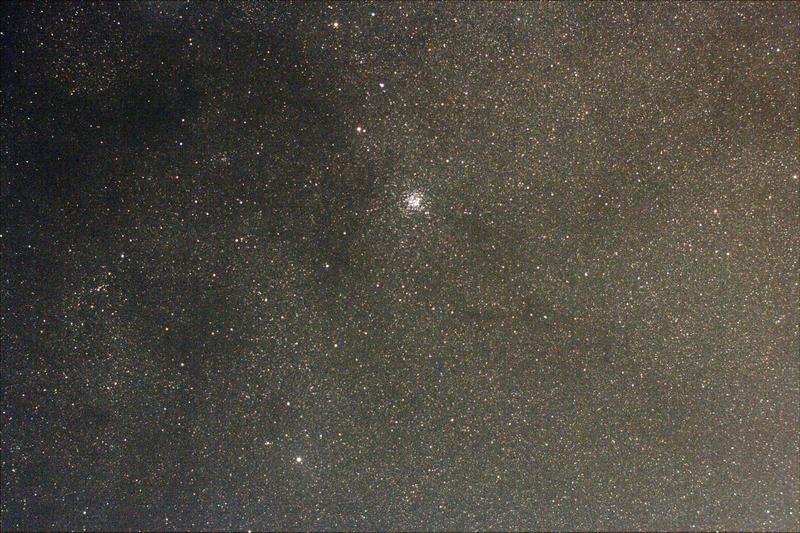
Again it looks very good. The individual stars of M11 (which could be improved with more careful histogram adjustment) are resolved and have a good profile.
I am hopeful if I can track down the source of the red halos that I will have a great wide field setup for my Canon DSLR. The FOV is quite nice for many summer objects.